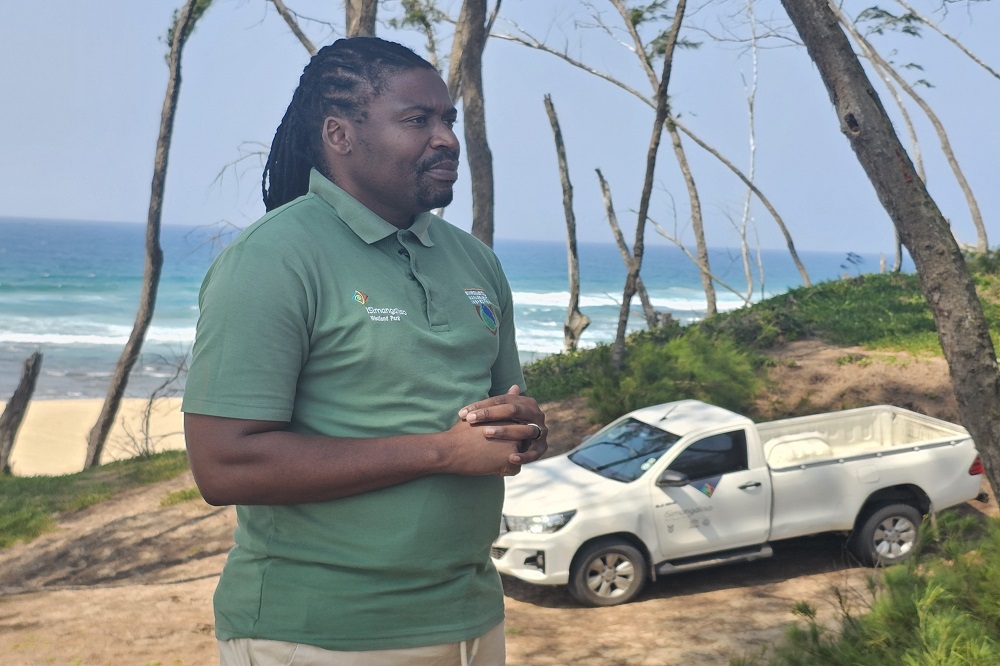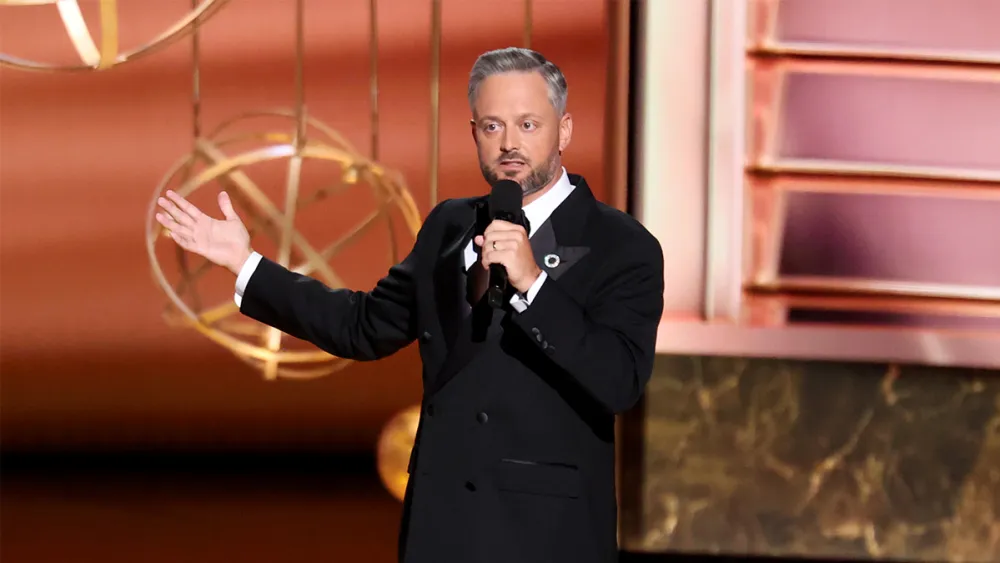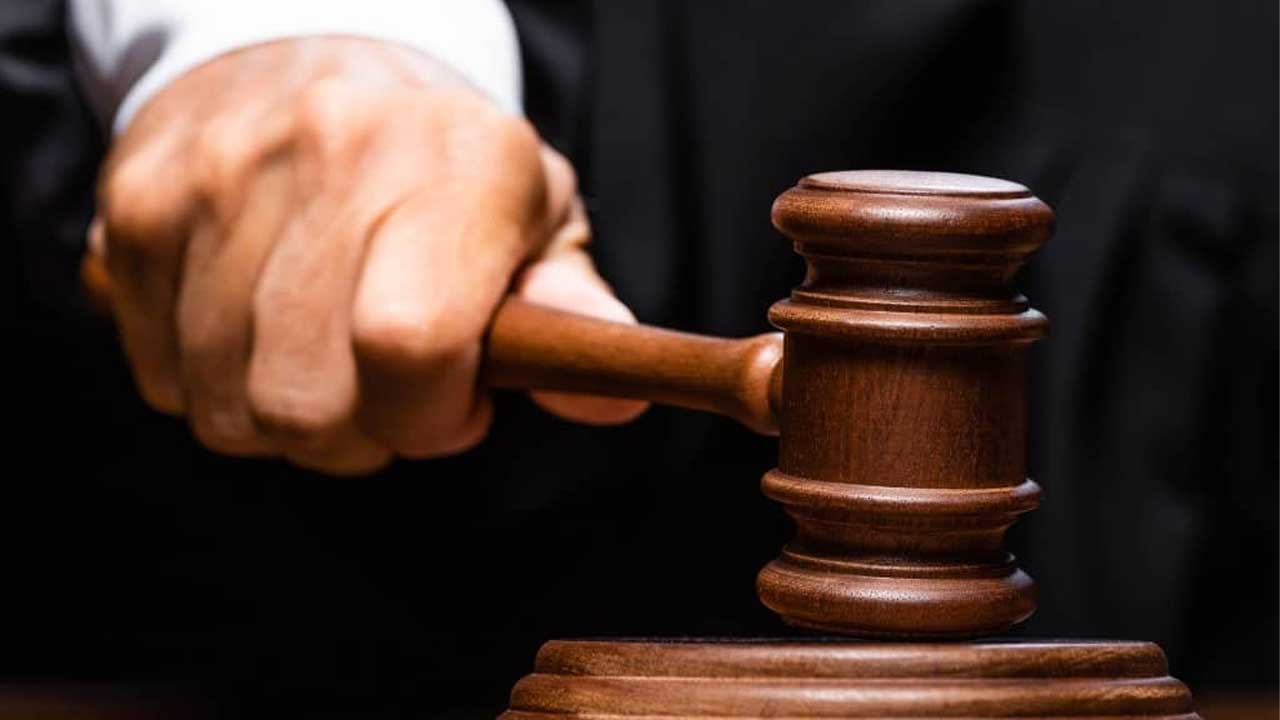By Lizette Labuschagne
Copyright sabcnews

The coastal tourist town of Sodwana Bay on the KwaZulu-Natal (KZN) north coast is a mecca for deep-sea divers and recreational anglers.
Their livelihood is, however, under threat due to large-scale illegal fishing and an apparent lack of regulatory oversight and law enforcement on the side of iSimangaliso Wetland Park, which manages the marine protected area.
Their serious concerns follow on the heels of complaints by local fish trap owners in the nearby Kosi Bay that illegal trawling within the Kosi Bay mouth is seriously diminishing the fish population and causing damage to coral reefs.
Sodwana Bay is said to be South Africa’s premier diving destination.
Along with deep-sea angling, it reels in thousands of tourists annually and ensures a constant income for locals in the area.
These activities are highly regulated, and those who operate here must ensure that their clients understand the dos and don’ts before they go out on the sea.
In addition to diving, Sodwana Bay can truly boast about that big fish that did not get away.
The largest Blue Marlin ever caught in South African waters, weighing in at 521 kilograms.
It is, however, not only fishermen who enjoy the pristine conditions.
Related video | Kosi Bay resident up in arms over unregulated fishing:
Big trawlers, fishing illegally, have been spotted in the area regularly.
Henk du Plessis, Chairman of the Sodwana Bay Ski-Boat club, says their occupants are heavily armed.
“It was about a year ago when I went out with my brother and we flew over the reef. We call it Quatro, and it is right opposite Kosi Bay mouth. Those areas are restricted, and we are not allowed to fish there anymore after the new marine protected area was proclaimed. We fled over the place and there were three boats anchored there. Not small boats, but these 40-to-45-foot trawlers. When we did the second pass over, they showed us AK-47 rifles and threatened us.”
This part of the coast is very desolate.
This gives the Unesco site its beauty and charm, but it is also its downfall, as patrolling here is nearly impossible.
Du Plessis says there is no policing from the Mozambican border up to Black Rock.
“There is a mafia there that does spear fishing for bottom fish illegally. They get fish by the bakkie load, and they sell the fish. We have reported that in the past to members of Ezemvelo KZN Park Authority, but they said they are not going to intervene because they get threatened. We even found people here in our local river, Tolla se Gat, where they were busy cleaning fish. When I took photographs, they threatened me with pangas and stuff,” adds Du Plessis.
Monitoring is also selectively done.
Ezemvelo KZN Parks Authority has a monitor on the beach who sees to it that the boats launch on time and follow all regulations before they depart.
They also check that recreational fishermen adhere to the regulations of the Marine Living Resources Act.
It, amongst others, stipulates that the holder of a recreational permit can catch 10 fish per day.
iSimangaliso Wetland Park has an internal rule stipulating that you are only allowed to catch 5 fish a day.
The SABC News found that a monitor is present when the boats return to shore.
They, however, rely on the honesty of the boat owner or the anglers to provide them with the details of their catch and do not check the fish themselves.
Du Plessis is of the opinion that those who abide by the rules are soft targets and get over policed.
“We are a ski-boat club, and you have your members with boats. All these boats are registered and there are many things that you have to have in place before you can go on the water. The boat must be on the beach launch; they check the fishing and skipper’s license. In the afternoon, when you beach, they immediately check the boat for fish. That is good and we promote it, but that is the only thing they do to police. Nobody gets into their vehicles and drives up to the coast to patrol,” adds Du Plessis.
Related video | Illegal fishing threatens Sodwana Bay livelihoods:
Other local business owners refused to speak to SABC News, as they fear retaliation.
iSimangaliso is the second-largest park in the country.
Its sheer size makes it a challenge to patrol and there are not enough boots on the ground.
Poaching at sea in this vast protected area is also a huge challenge because support from the police and navy is needed.
Both these entities are severely underfunded and lack resources themselves.
Mthandeni Mthembu, the conservation manager of iSimangaliso Wetland Park, says those on the ground, however, are trying their best.
“The park is very huge, and it is difficult for our officers to be everywhere all the time. What gives me comfort in your question is that reporting is happening on the ground and it tells you that we have people that are understanding the significance of the area. If it gets destroyed, it is bad for them as well because they live here and they depend on these natural resources,” says Mthembu.
These challenges have forced authorities to adopt a system of self-regulation and Mthembu says this creates a good relationship between stakeholders.
Although Ezemvelo KZN Parks Authority plays an important law enforcement role, it referred all enquiries to Isimagaliso Wetland Parks.
“I think trying to encourage the self-adherence is part of it. We are trying to encourage as much as enforce so that even when we are not there, we have the comfort that these people will look after their environment. For us, when you enforce, it is not that you should come here with big guns. We don’t want that kind of approach because it is not helping and it has not been working for quite some time. You only end up having people who don’t understand why you are doing this.”
Although Ezemvelo KZN Parks Authority plays an important law enforcement role, it referred all enquiries to Isimagaliso Wetland Parks.
This story was supported by the Pulitzer Centre.



